1.5 Inch Female Socket: A Detailed Guide to Choosing the Right Fitting
When it comes to designing and maintaining high-quality swimming pools, irrigation systems, or plumbing networks, the details matter. One critical yet often overlooked component in these setups is the 1.5-inch female socket. Whether you’re a pool designer, a landscape architect, or a homeowner involved in your project, understanding the importance and applications of this fitting can save you both time and resources. In this guide, we’ll take an in-depth look at the 1.5-inch female socket, exploring its uses, types, materials, and installation methods, ensuring you make the best choice for your system.
What is a 1.5-Inch Female Socket?
A 1.5-inch female socket is a type of plumbing fitting designed to connect with male-threaded pipes of 1.5 inches in diameter. This socket is a vital component in various plumbing and pool filtration systems, providing a secure and leak-proof connection. The “female” designation means that the fitting has internal threads, making it compatible with male-threaded pipes or fittings. These sockets come in various materials, each suited to different purposes and environments.
Key Benefits of a 1.5-Inch Female Socket
Choosing the correct fitting can significantly improve the efficiency, durability, and cost-effectiveness of your plumbing or pool system. Here are the primary benefits of using a 1.5-inch female socket:
- Versatile Compatibility: This socket size is commonly used in a variety of systems, from swimming pools and irrigation networks to industrial water systems.
- Enhanced Leak Protection: With proper installation, a female socket provides a tight seal, reducing the risk of leaks that can cause damage and unnecessary expenses.
- Easy Installation and Maintenance: Designed for simplicity, these sockets make it easy to assemble or disassemble parts for maintenance, saving time and labor costs.
- Durability and Reliability: Made from robust materials, a quality 1.5-inch female socket can withstand pressure fluctuations, temperature changes, and chemical exposure, ensuring longevity in demanding conditions.
Common Applications of 1.5-Inch Female Sockets
1. Pool and Spa Systems: The 1.5-inch female socket is essential in swimming pools for connecting various pipes and components, including pumps, filters, heaters, and water return lines. This ensures a smooth flow of water, which is crucial for maintaining clean and safe pool water.
2. Irrigation Systems: In irrigation, especially for larger landscapes or commercial setups, 1.5-inch sockets connect pipelines that supply water to sprinklers or other irrigation devices.
3. Plumbing and Drainage Systems: The 1.5-inch female socket is often used in residential and commercial plumbing for drainage lines, water distribution, and other fluid transfer applications.
Materials: Selecting the Right Type for Your System
The material of a 1.5-inch female socket is a major factor in determining its performance, longevity, and suitability for specific applications. Here are some common materials used in manufacturing these sockets, along with their unique advantages:
- PVC (Polyvinyl Chloride): PVC is the most popular choice for pool systems and general plumbing due to its lightweight, affordability, and corrosion resistance. PVC female sockets are especially suitable for outdoor or high-humidity environments.
- CPVC (Chlorinated Polyvinyl Chloride): For systems that deal with higher temperatures, CPVC is an excellent option. It has a higher thermal tolerance than standard PVC, making it ideal for hot water applications and some industrial processes.
- ABS (Acrylonitrile Butadiene Styrene): ABS is known for its impact resistance, making it a good option for high-stress environments. It’s commonly used in drainage systems where durability is key.
- Brass and Stainless Steel: In heavy-duty applications or areas with extreme pressure and temperature requirements, metal sockets (like brass or stainless steel) offer superior durability. While they are more costly, they provide exceptional performance in industrial and commercial applications.
Installation Tips for 1.5-Inch Female Sockets
Installing a 1.5-inch female socket may seem straightforward, but following best practices is essential for a leak-free, efficient system:
- Prepare the Pipe: Ensure that the pipe you’re connecting to the socket is clean and free of debris. This will help create a tighter seal and prevent leaks.
- Use Teflon Tape: Apply Teflon tape around the male threads before connecting it to the female socket. This step improves the seal and prevents leaks.
- Hand-Tighten First, Then Use a Wrench: Begin by hand-tightening the socket to the pipe. Once it’s secure, use a wrench to give it a final, gentle twist. Avoid over-tightening, as this can strip the threads or damage the fitting.
- Test for Leaks: After installation, test the system by running water through it. Check for any signs of leakage and tighten if necessary.
Choosing the Right 1.5-Inch Female Socket for Your Needs
Selecting the ideal socket requires consideration of your specific application, as well as environmental and budgetary constraints. Here are some questions to ask before making a purchase:
- What’s the primary application? Is it for a pool system, an irrigation network, or a plumbing setup?
- What’s the pressure and temperature range? Different materials handle pressure and temperature differently. If your system involves high temperatures or pressures, consider CPVC or metal options.
- Is chemical resistance a factor? If the socket will be exposed to chemicals, especially in pool or industrial settings, choose materials like CPVC or stainless steel that resist corrosion.
- What’s your budget? While PVC options are affordable and effective for most uses, investing in high-quality materials for high-stress applications can save money in the long run by reducing repairs and replacements.
Maintenance Tips to Extend the Life of Your 1.5-Inch Female Socket
To ensure your socket remains in peak condition:
- Regular Inspection: Periodically check for signs of wear, cracks, or leaks. This helps identify issues before they escalate.
- Avoid Over-Tightening: Over time, repeated over-tightening can strip the threads, compromising the fitting. Be cautious with tools and use only as much force as necessary.
- Keep Connections Clean: Debris and buildup can interfere with the fitting’s performance. Clean the connection points when performing maintenance to ensure the best seal.
- Replace When Necessary: If the socket shows signs of wear or damage, replace it promptly. Ignoring a worn socket can lead to larger system issues down the line.
Final Thoughts: Why the Right 1.5-Inch Female Socket Matters
In conclusion, while the 1.5-inch female socket may seem like a small component, it’s a crucial piece of infrastructure for plumbing, irrigation, and pool systems. Its importance lies in the stability, efficiency, and durability it brings to your setup. By selecting the right material, installing it correctly, and maintaining it properly, you can maximize the performance of your system and avoid costly repairs.
Investing in the correct fittings, especially for something as versatile and widely used as the 1.5-inch female socket, will give you confidence and reliability in your plumbing projects. With a focus on quality and correct installation, this small component can make a big difference in the efficiency, durability, and success of your system.












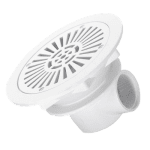









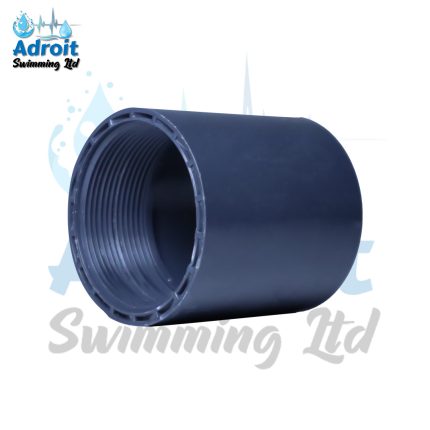
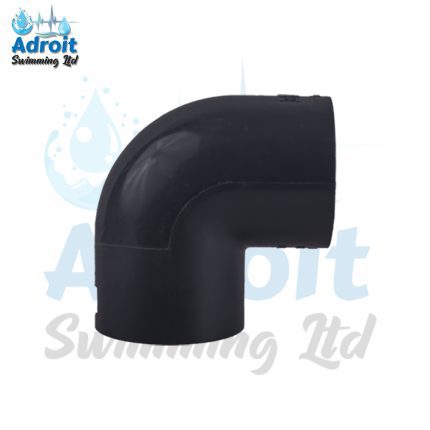
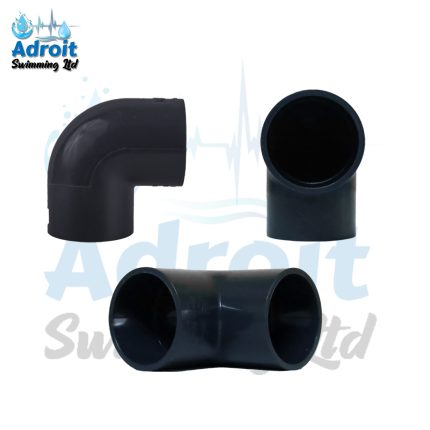
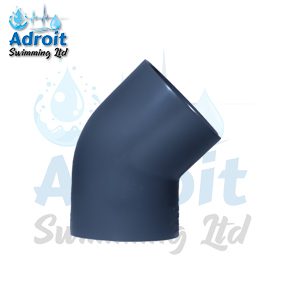


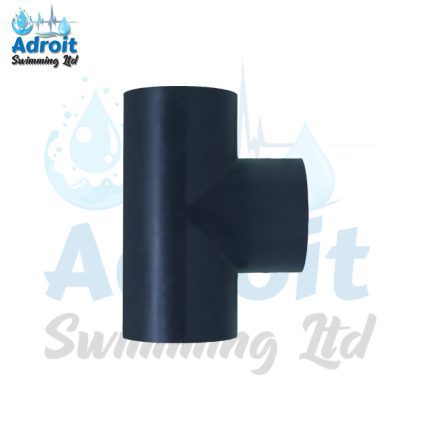
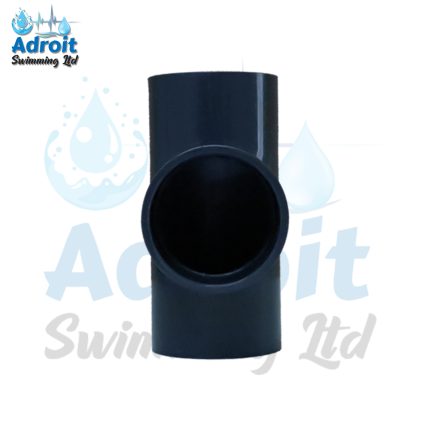

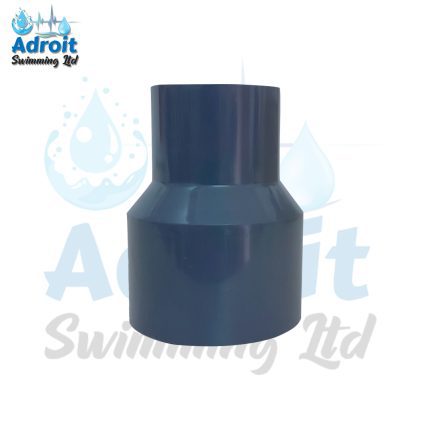
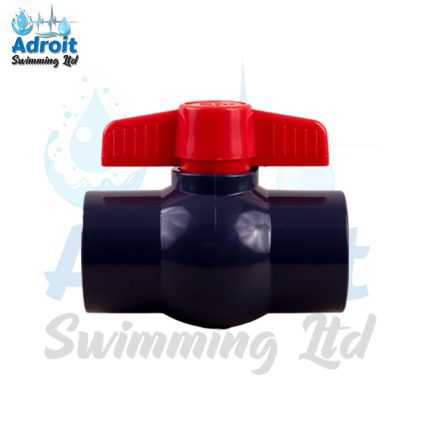


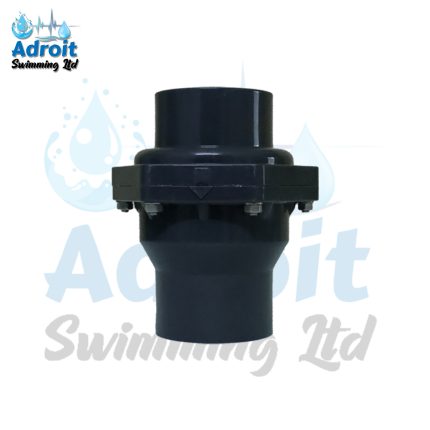
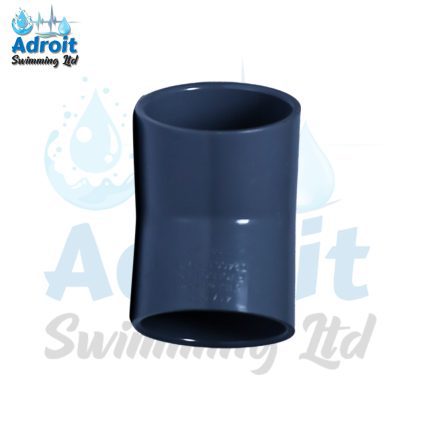
Reviews
There are no reviews yet.